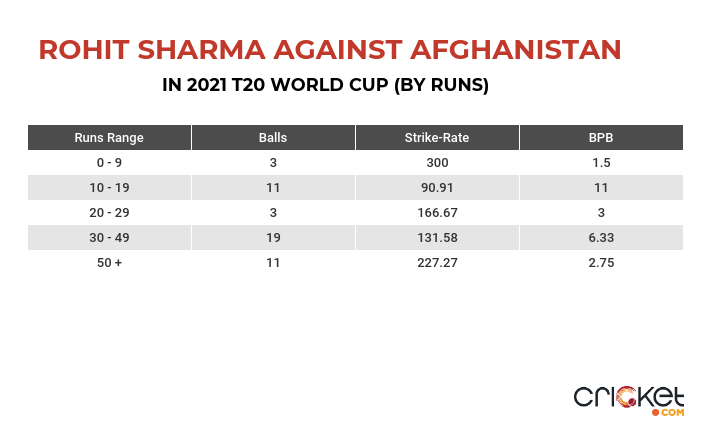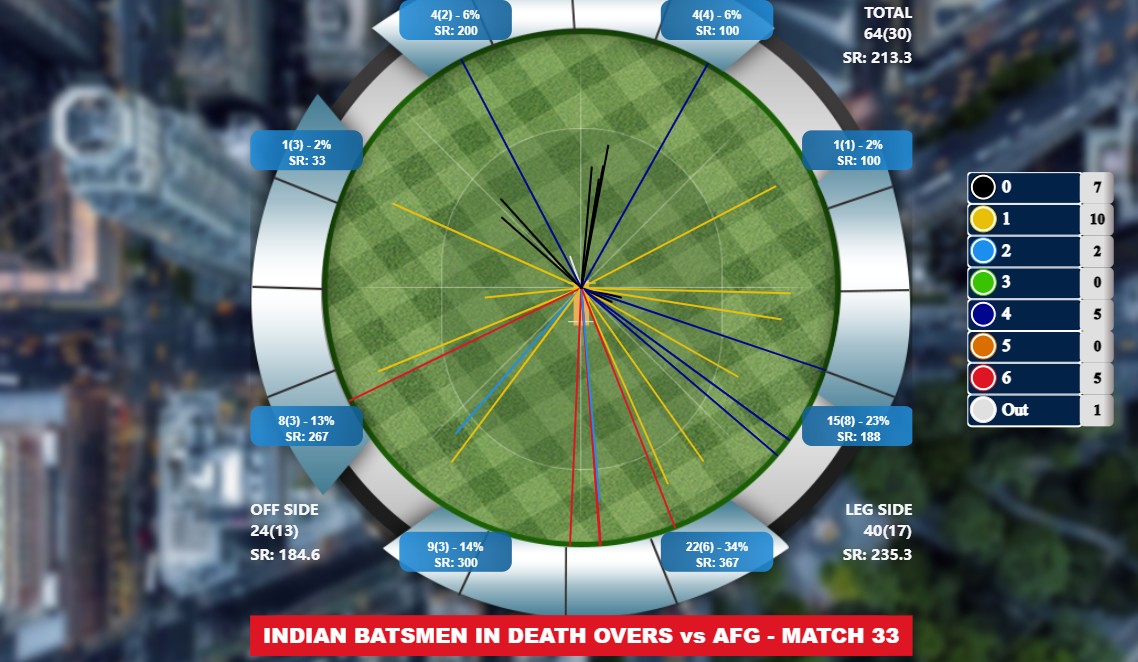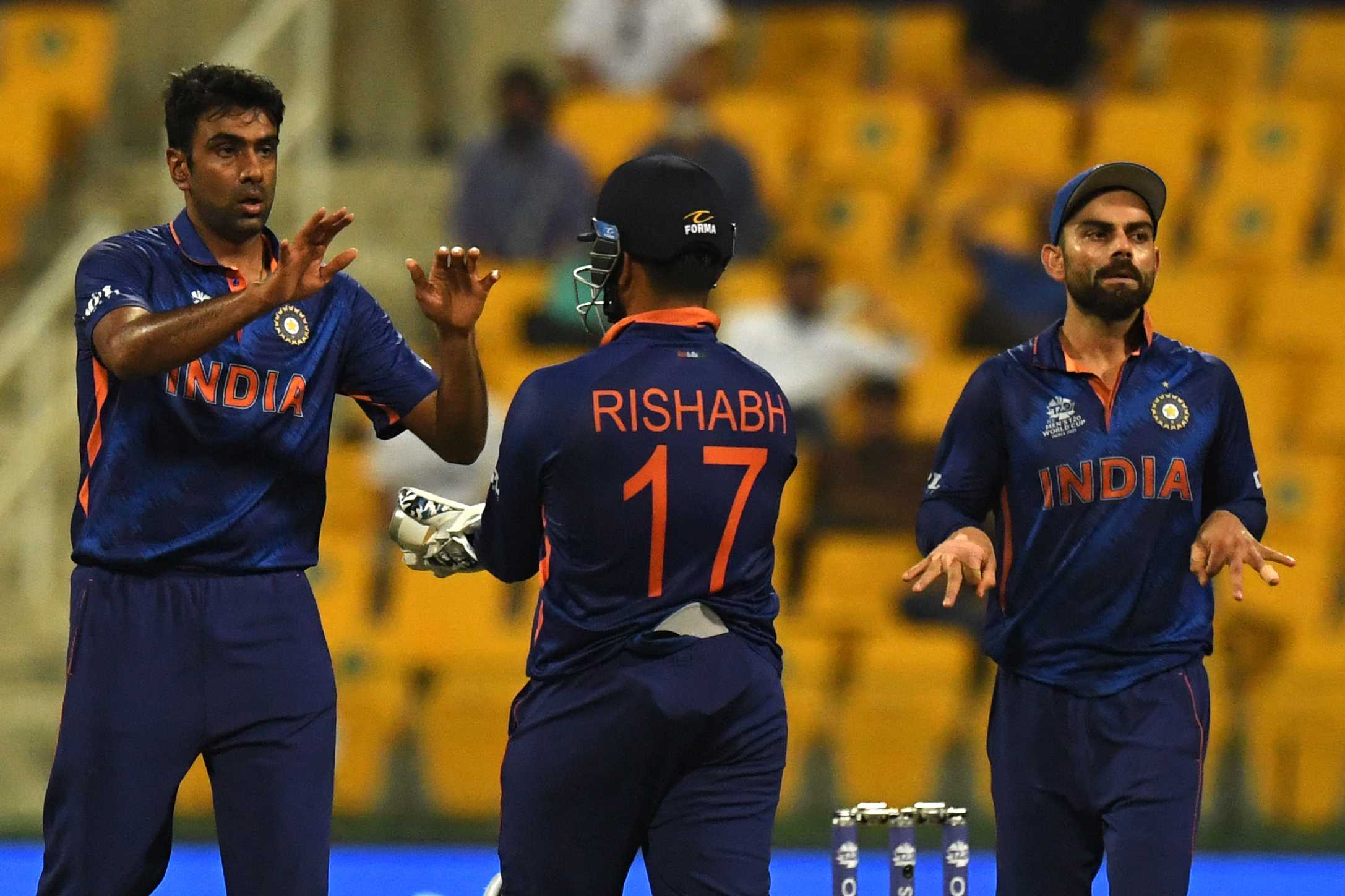 OPINION
OPINIONEven before the press conference, the whole of India was busy dissecting the Indian batting’s major lapse against New Zealand. Most of them agreed that India couldn’t afford bad nights with the bat, not even one. And there were some others, who thought that hate was the only medium of communication.
It was almost like the entire nation was mourning, cricket was dead, the Indian Premier League was viewed as this graveyard for spoiling Indian cricket. In short, it was almost apocalyptic. And then, India decided to send one of the calmest coaches around, Vikram Rathour, to the press conference ahead of the Afghanistan clash.
“Not really (calculating net run-rate), we won’t be good at math anyway, being cricketers. Again, the focus remains on winning the game and the calculator part will only come in play once we win the remaining games. We are just looking to play well, sort out our issues and win the games,” Vikram Rathour joked about the net run-rate.
But he didn’t back away, he answered that the Indian batters didn’t rotate the strike well and added that they were not able to execute the big shots. More importantly, in between these words, it is this line which defines why there is this big expectation from the team.
“If you want to be a champion team, you have to play in these conditions as well,” he uttered.
On Wednesday (November 3), India played like one.
***
Having been put to bat first in Abu Dhabi, India combined caution with aggression, as KL Rahul and Rohit Sharma walked out to the middle. Just three runs off the first five balls, there was a familiar worry in several million television sets.
Rohit, though, had other ideas, opened the face and went inside-out to find the boundary rope. India had a similar start against New Zealand but here, they had a perfect concoction of aggression and caution. The two openers picked their targets, the gaps and, more importantly, their range.
If Rohit targeted the square boundaries, Rahul was more confident slaying the ball up and above the umpire. When the Indian vice-captain took on Naveen-ul-Haq, Rahul took on the spinner Sharafuddin, keeping the run-rate going. When it looked like slowing down, one of them took the needed risk to bring the run-rate back in order.

53/0 in the powerplay turned into 85/0 at the end of the first half of the Indian innings. The openers treaded perfectly between going all-out and going into a shell of their own. It was as if they broke the entire innings into four quarters, taking it one step at a time. Every over had a boundary, some had more than two, some had three-four, it started becoming carnage.
No bowler was spared, not even Rashid Khan, who was tossed out of the ground by Rohit, for two sixes. At the end of the 14th over, India were already at 135/0. When it went past 136, they had broken Gautam Gambhir-Virender Sehwag’s opening record that was set against England in 2007 T20 World Cup.
Even though the openers were dismissed pretty soon, Rishabh Pant and Hardik Pandya showed their cards openly to the Afghanistan bowlers before anyway taking them to the cleaners.

Somewhere between a brash batsman to a Test genius, Pant had developed a one-hand shot that somehow clears the ropes on every other occasion. Twice in two deliveries today, he cleared the ropes from a position that some would even call as danger for batters. He was all over the place, it was almost like a Grand Theft Auto player was driving a car in real life.
Yet, he succeeds without crashing one boulder. What he did crash, however, was Afghanistan’s hopes: 65 runs off the last four overs and they were batted out of the game. While Pant was all over the place, Hardik was precisely in the right zone, hitting the ball as sweetly as he has in a long time in the Indian colors.
***
Every tale has two sides. And this clash between India and Afghanistan had two as well, the calm and the storm. If India’s innings was a mixture of the two, Afghanistan was all-out aggression. After 19 deliveries into the innings, they were in all kinds of trouble, at 13/2. Now let that sink in for a minute, it is historical for two reasons: a) India picking two powerplay wickets, b) Afghanistan scoring at around 4 RPO.
Now that you have digested the fact, let’s move on to what happened after that. Four, six, six, four, four and four in the next two overs, Afghanistan suddenly found themselves on a stronghold at 47/2. Yes, India were better but the other Asian side were not too far behind, they not only knew how to attack but showed India how they attacked.
It wasn’t a well-experienced batting unit, it was a 19-year-old youngster, Rahmanullah Gurbaz, who combined with Gulbadin Naib to up the scoring rate. But India’s experience showed, big time, with Ravindra Jadeja and Ravichandran Ashwin turning the clock back to half Afghanistan’s charge. At 59/4, the chasing side’s back was well broken.

Time and again, Afghanistan’s weakness - batting in the overs post the powerplay till the tenth over - has exposed them. 27/1 against Scotland, 16/1 against Pakistan, 19/2 against Namibia and now, 14/2 against India. It broke them.
If you think that wasn’t enough, Najibullah was undone for his own good, with a reverse-sweep against Ashwin, exposing himself to all the three stumps. The more they batted, the more there was an increased level of difference between the two sides, and India looked like the champion team that Rathour had pointed more than once.
Even though there was a late siege, when Afghani batters found the middle of the bat, Ashwin’s spell in the middle-overs proved to be a fatal blow to Afghanistan’s hopes. The best image from the night wasn’t India celebrating, but the young kid at the venue, who pushed aside other kids around him to get the limelight.
India’s hopes of qualification for the semi-final are sort of on the same page: they need to push the other kids in the group to qualify. But it is a little more complicated than just that, for the other kids are stronger and have a better net run-rate.